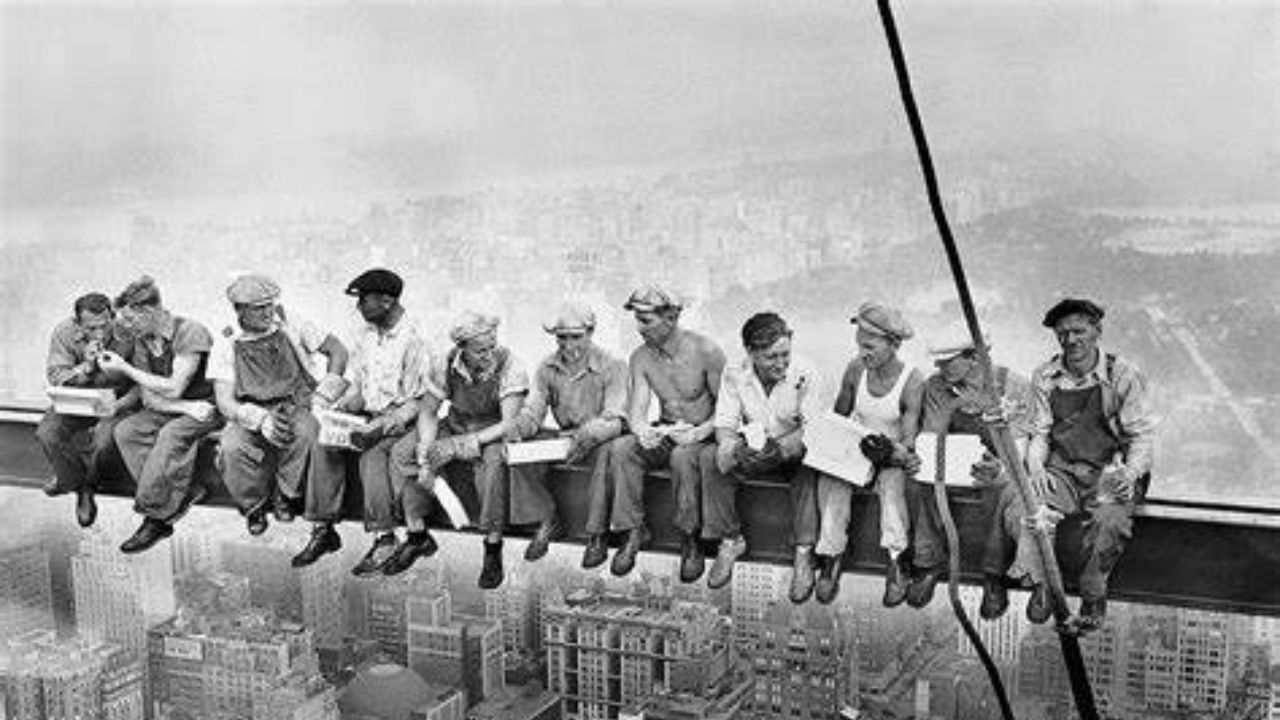Labor Day in the United States is celebrated annually on the first Monday of September, with the 2024 observance on September 2. This holiday, deeply rooted in the history of the American labor movement, commemorates the struggles and achievements of workers who fought for fair wages, reasonable hours, and safer working conditions.
The Historical Roots of Labor Day
Labor Day has its origins in the late 19th century when the Industrial Revolution brought rapid growth in manufacturing, leading to harsh working environments. During this time, American workers faced long hours, low pay, and dangerous conditions. In response, labor unions and activists began to demand better treatment for workers.
Two individuals, Peter J. McGuire and Matthew Maguire, are often recognized for their roles in establishing Labor Day. Peter J. McGuire, a co-founder of the American Federation of Labor, is widely credited with suggesting the holiday in 1882. However, some historians believe that Matthew Maguire, a machinist and secretary of the Central Labor Union in New York, may have actually been the first to propose the idea.
Regardless of who first conceived the idea, Labor Day quickly gained popularity among labor groups and was celebrated in various states even before it became a national holiday. The first official Labor Day parade took place in New York City on September 5, 1882, organized by the Central Labor Union. Approximately 10,000 workers participated in a march from City Hall to Union Square, demonstrating solidarity and support for workers’ rights.
Labor Day’s Journey to Becoming a National Holiday

While New York was the first state to introduce a bill recognizing Labor Day, Oregon was the first to officially pass such a law in 1887. By 1894, the majority of U.S. states had adopted Labor Day as an official holiday, reflecting the growing movement for workers’ rights across the country.
Labor Day became a federal holiday in 1894 when President Grover Cleveland signed legislation passed by Congress, officially designating the first Monday in September as a day to honor American workers. This national recognition came after significant labor unrest, most notably the Pullman Strike. In May 1894, workers at the Pullman Company in Chicago went on strike to protest wage cuts and the firing of union representatives. The strike expanded into a national boycott of Pullman railway cars, led by labor leader Eugene V. Debs.
In response to the escalating tensions, the federal government intervened, resulting in violent clashes. The unrest highlighted the need for greater protections for workers, and Congress quickly moved to establish Labor Day as a national holiday. President Cleveland signed the bill into law on June 28, 1894, solidifying Labor Day’s place in American culture.
Labor Day Today: A Celebration and Reflection
Today, Labor Day is celebrated with parades, community events, and speeches from public figures. It serves as a tribute to the contributions of American workers and a reminder of the importance of fair labor practices. The holiday also marks the unofficial end of summer, with many Americans enjoying barbecues, family gatherings, and outdoor activities.
Labor Day is not just a day off work; it’s an opportunity to reflect on the progress made in labor rights and to recognize the ongoing efforts to ensure fair treatment for all workers. As we observe Labor Day 2024, we honor the legacy of those who fought for workers’ rights and continue to advocate for a just and equitable workplace.




